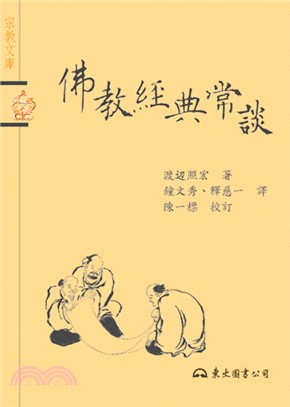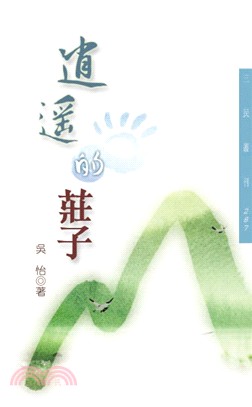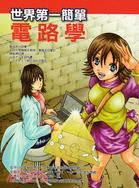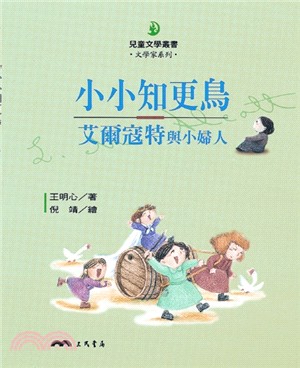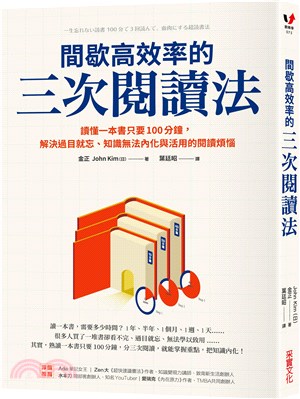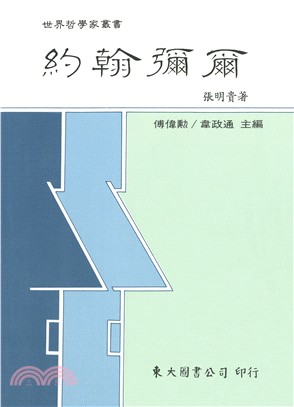Ch'ing Cash : Volume 1―Ch'ing Cash; Volume 2―Ch'ing Cash Year Tables
- ISBN13:9789881902337
- 替代書名:清錢編年譜:第一卷―清錢編年譜;第二卷―清錢編年表
- 出版社:香港大學美術博物館
- 作者:Werner Burger (布威納)
- 裝訂/頁數:精裝/324頁
- 規格:38.1cm*35.6cm*9.5cm (高/寬/厚)
- 出版日:2016/03/01
再享95折,單本省下1070元
商品簡介
清錢編年譜
沃納·布威納
錢幣是反映國家經濟盛衰的鏡子,因為錢幣年發行量與政府對勞工和軍隊的支付能力戚戚相關。此外,對清錢的研究需要結合1644年至1911年間的中國宏觀經濟,並對所有鑄錢局作出歷史分析。
沃納·布威納40年前的權威著作《清錢編年譜:至雍正末年》一直是該領域的核心書籍。布威納的最新巨著《清錢編年譜》以其博士研究為基礎,並延伸涵蓋至整個清朝。本書第一冊詳細介紹了清錢的發展歷史,以及從象牙試錢到最終製錢的各階段鑄造過程。數十年來,布威納在錢幣學上開創了展示錢幣的突破性新方法,即根據不同錢局和鑄造年份對錢幣進行排列。這種方法使他得到很多意想不到的發現,比如,為何順治年間的錢幣在頂部與右邊會出現同樣的字。
《清錢編年譜》第二冊共有53大張折頁圖表,包含了超過6,000枚錢幣的拓片。每枚錢幣都標註有其珍罕指數和獨屬的號碼。基於布威納的原創研究,未來的拍賣目錄將只需列出錢幣的號碼及品質狀況即可。
自乾隆時期以後,貨幣體系變得極其複雜(國家版圖新增兩塊地域:新疆和西藏),來自於《清朝文獻通考》等史料中的記載已不足以支持對眾多新增錢局鑄造的錢幣的整理排列。布威納迫切需要實際的鑄錢報告,但事實證明追查這些資料困難重重。如果鑄錢報告真有存世,只可能被保存在故宮的中國第一檔案館。數年如一日,他拜訪及請教每一位清史研究者,但始終沒有結果。終於在1996年,中國宣佈了2,838卷鑄錢報告的存在。這些數據最終被裝訂成60大冊,共43,742頁。有了這些資料,布威納終於可以對後續176年間的清錢幣進行逐年排列。這讓他再一次得到更多新發現,所有長期困擾著中國錢幣學家的老問題都迎刃而解,例如,之前一直沒有被列出的滿文鑄錢局的標誌。
除此之外,布威納列出了一份詳細的數目清單,顯示從1736年至1911年每個錢局的鑄幣量。如此精準地統計及分析中國清朝時期的經濟狀況,得以讓布威納進行更深層的研究,用鑄幣量除以人口數。這個發現證實了相關的社會歷史和經濟記載:乾隆時期,中國每年鑄造16至18枚新錢幣,但到了同治時期,卻連每年人均鑄造一枚新錢幣都做不到。
在研究清錢長達50年的過程中,布威納收集了用象牙、黃銅、青銅、銅、鋅、鉛和鐵等材料鑄造的稀有錢幣,以及咸豐官方發行的整套紙鈔和銀錠。此外,書中還展列了幾百枚官方發行和私人造的花錢。布威納的收藏可能是世界上最完整的清錢幣收藏。對18和19世紀遠東國家的貨幣供應做出如此精細的研究,將給世界經濟歷史學家和漢學家提供重要的新資源。
By Werner Burger
Coins are an accurate gauge of a country’s economic health, as the total number of coins released each year directly relates to an administration’s ability to pay workers and military troops. The study of Ch’ing cash, moreover, necessitates an historical analysis of all mints within China’s macroeconomy from 1644 to 1911.
Werner Burger’s canonical book Ch’ing Cash until 1735 has been the core text in the field for the past 40 years. Burger’s new publication expands on his PhD research to cover the whole of the Ch’ing dynasty. The first volume in the set lists in detail the development of Ch’ing Cash, its manufacture and its many stages from ivory trial pieces to the final product. Over the decades, Burger has developed a novel way for numismatics to present the coins; namely, arranging each coin by individual mint and by year produced. This method has led to several unexpected discoveries, such as why during Shun-chih’s reign coins appear with the same character on the top and the right.
The second volume of Ch’ing Cash contains the rubbings of over 6,000 coins in 53 large foldout charts. Each coin includes a rarity index and an own number. Based on Burger’s original research, future auction catalogues only will need to list the coin number and its condition for reference.
From Ch’ien-lung onward, the system became so complicated (including two new territories: Sinkiang and Tibet) that information provided from historical records such as the Wen-hsien t’ung-k’ao 文獻通考 was no longer enough to enable the arrangement of coins from the numerous new mints. What was desperately needed were the actual mint reports, but these proved difficult (if not impossible) to track down. If any of the mint reports had survived, they should have been housed in The First Historical Archives of China, inside the Old Palace in Peking. Burger spent years visiting every Ch’ing study address, but with no luck. Finally in 1996, China acknowledged that they had 2,838 mint reports. This information eventually became 60 large bound books in 43,742 pages. Armed with this information, Burger was able to arrange the coins of the remaining 176 years in sequential order according to year. This again resulted in a number of discoveries—all of the old problems that had long puzzled Chinese numismatists could now be solved, such as Manchu mint marks, which previously had not been listed.
In addition, Burger has compiled a list of all coins cast by every mint from 1736 until 1911. Such an accurate statistical breakdown of China’s financial situation during the Ch’ing has allowed Burger to go one step further and to divide the total coin production by China’s population. His findings corroborate the sociohistorical and economic records: during Ch’ien-lung, China cast 16 to 18 new cash coins each year, while T’ung-chih was unable to manage the casting of even one coin per person.
Over the course of 50 years of continuous research on Ch’ing cash coins, Burger has acquired ivory, brass, bronze, copper, zinc, lead and iron rare coins, and complete types of official Hsien-feng paper notes and silver sycees. In addition, the current study lists several hundred official and private amulets with Ch’ing reign titles. Burger’s collection is likely the world’s most complete Ch’ing cash collection. Such a detailed study of the money supply of a Far Eastern country in the 18th and 19th century is a vital new source of information for economic historians and Sinologists.
作者簡介
主題書展
更多主題書展
更多書展本週66折
您曾經瀏覽過的商品
購物須知
為了保護您的權益,「三民網路書店」提供會員七日商品鑑賞期(收到商品為起始日)。
若要辦理退貨,請在商品鑑賞期內寄回,且商品必須是全新狀態與完整包裝(商品、附件、發票、隨貨贈品等)否則恕不接受退貨。



















